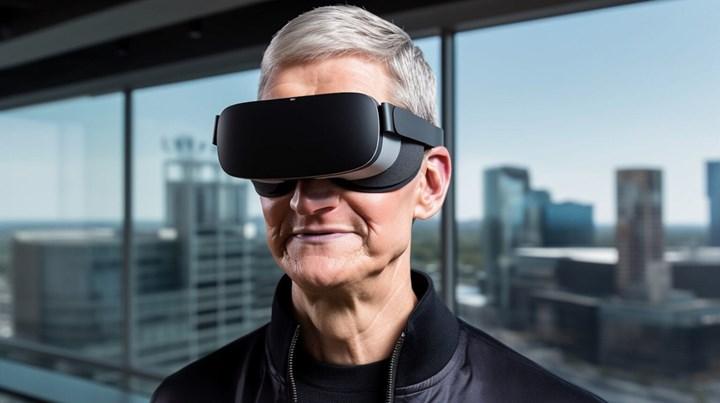 The Apple World Developers Conference event will kick off on June 5. At WWDC23, Apple will introduce not only new software such as iOS 17 and watchOS 10, but also new hardware such as mixed reality glasses, at least that is the expectation. Apple virtual reality / augmented reality glasses were known to have 4K micro OLED displays with a total resolution of 8K, but screen analyst Ross Young shared more features.
The Apple World Developers Conference event will kick off on June 5. At WWDC23, Apple will introduce not only new software such as iOS 17 and watchOS 10, but also new hardware such as mixed reality glasses, at least that is the expectation. Apple virtual reality / augmented reality glasses were known to have 4K micro OLED displays with a total resolution of 8K, but screen analyst Ross Young shared more features.Display experience far superior to its competitors
The screens of the Apple mixed reality headset will be 1.41 inches, brightness over 5000 nits, 4000 pixels (ppi). Apple’s AR/VR headset will support HDR or high dynamic range content not seen in current VR headsets on the market. For example; Meta Quest 2 can go up to 100 nits peak brightness and doesn’t offer HDR. Microsoft HoloLens tests 500 nits of brightness. Sony PSVR 2 offers 265 nits of brightness and is HDR capable. Magic Leap 2, one of the best-known augmented reality glasses, offers brightness ranging from 20 to 2000 nits. According to the analyst, 5000 nits will likely be the highest brightness. It will provide superior contrast, brighter colors and areas than existing glasses.
As bright as high-end TVs
For comparison, the best TVs offer 2000 – 5000 nits of brightness. For example; A 98-inch TV of Samsung can reach 5000 nits brightness, Neo QLED TVs can reach 4000 nits. Meta, Starburst, the VR glasses that can reach 20,000 nits of brightness, is in the prototype stage, and it is not a technology that it will implement in the near future. If Apple achieves its goal of brightness of 5000 nits and above, it will not only deliver a display experience far superior to its competitors, but also shine a light on future AR glasses.
Won’t be easily accessible
The high-end screens used in Apple’s AR / VR glasses will cause it to be the most expensive component and have a price tag of about $ 3000.